Overview
Aerospace Engineering Lab Setup for Research and Development and Academics
An Aerospace Engineering Lab is a laboratory type that encompasses features that enable sound teaching and learning of aerospace engineering. It enables the students, researchers and professionals to discover the aerodynamics and propulsion systems, avionics, material sciences and other aspects related to aerospace technology.
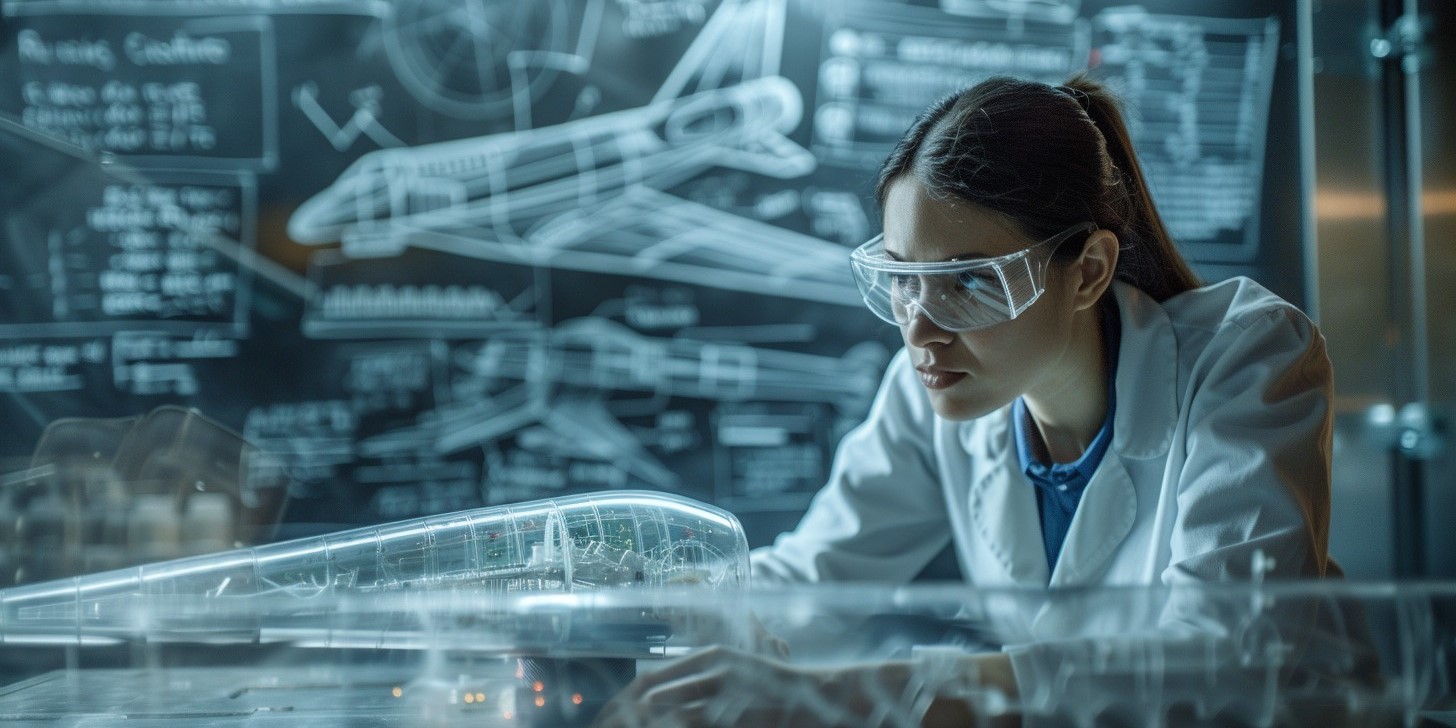
Features
Why Choose Our Aerospace Engineering Lab Setup?
- Wind Tunnels: Proper infrastructures or places to carry out the necessary tests with regard to the aerodynamics of models and some components.
- Flight Simulators: Modern avionic systems in the realism of flying programs for pilots, and control and development of various flying conditions.
- Propulsion Systems Lab: Tools and facilities for analysing and checking the completeness and reliability of jets engine, rocket motors, and the likes.
- Avionics and Control Systems: Equipment and methodologies for creating, evaluating, and resolving problems of avionic and flight equipment.
- Material Testing Facilities: Equipment for evaluating aerospace materials’ mechanical properties and/or characteristics under various environmental conditions.
- CAD/CAM Software: Automotive, aerospace and manufacturing software for part and assembly design, analysis and optimization.
- 3D Printing and Prototyping: Manufacturing and prototype developmental institutes or centers for assembling and testing of part prototypes.
- Telemetry and Data Acquisition Systems: Equipment for taking measurements or gathering data from multiple tests and trials.
Use Cases
Key Use Cases of Aerospace Engineering Lab
- Academic Research: Allowing the students and researchers to carry out experiments and studies on a number of ideas on aerospace engineering.
- Design and Development: Helping to imagine and create new concepts for aircrafts and spaceships and other innovations.
- Flight Training: Ensuring that train pilots undergo their training and sharpen their skills in a relatively natural and secure environment.
- Testing and Validation: Enabling the aerospace part and system testing and certification to gain compliance with requirements and relevant standards.
- Innovation and Prototyping: Promoting new and speedy development of products and services through the creation of opportunities for experiments and trials of fresh ideas and theories.
- Industry Collaboration: Creating collaboration between companies and universities to initiate cooperative research and facilitate new technological advancements.

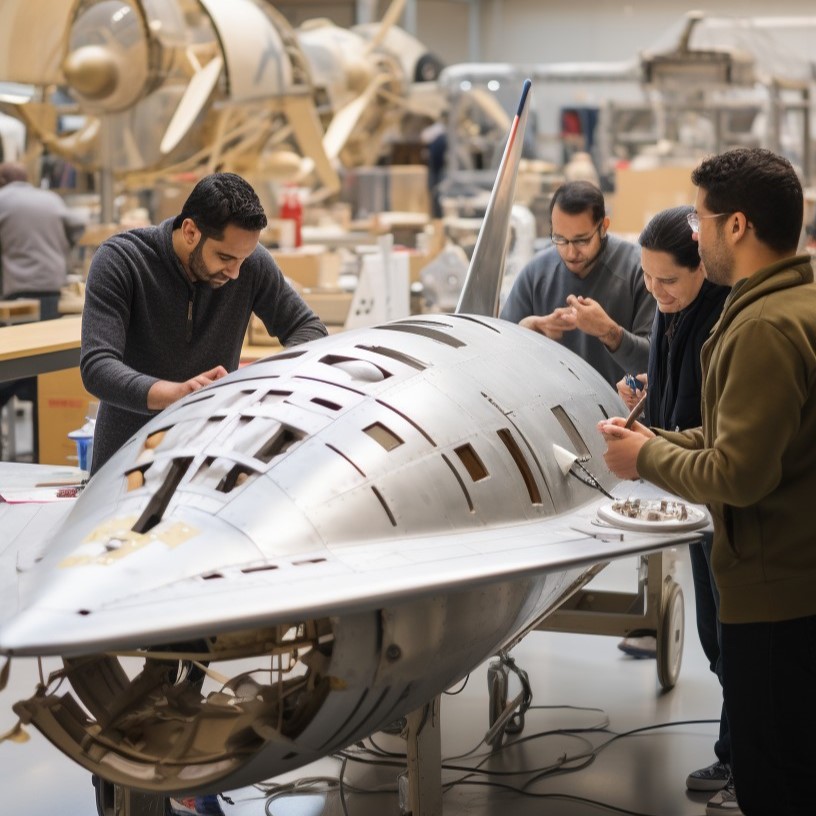
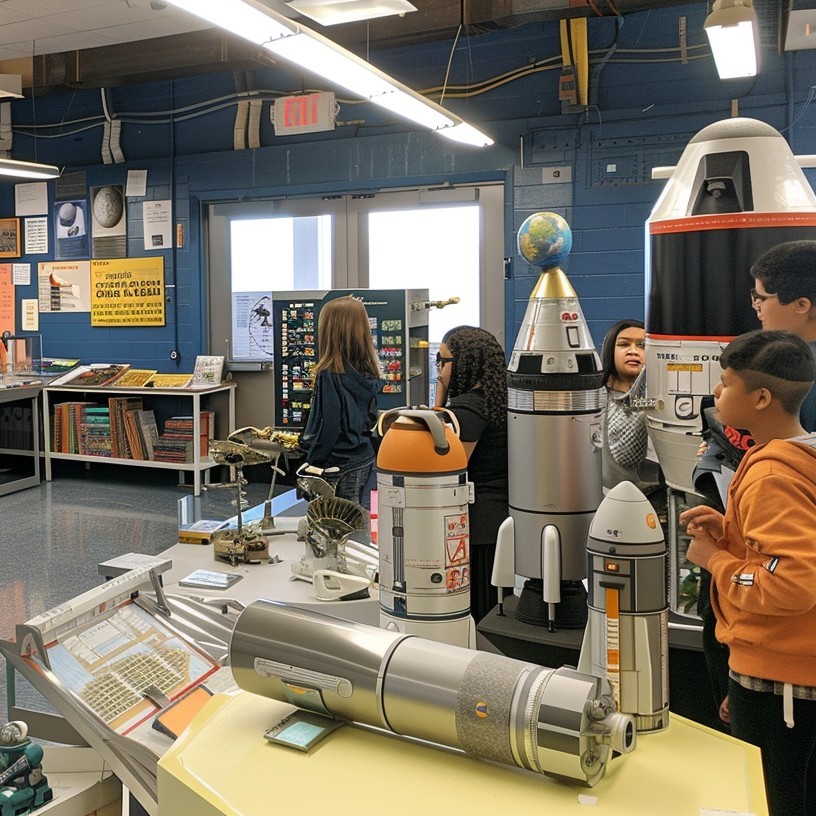
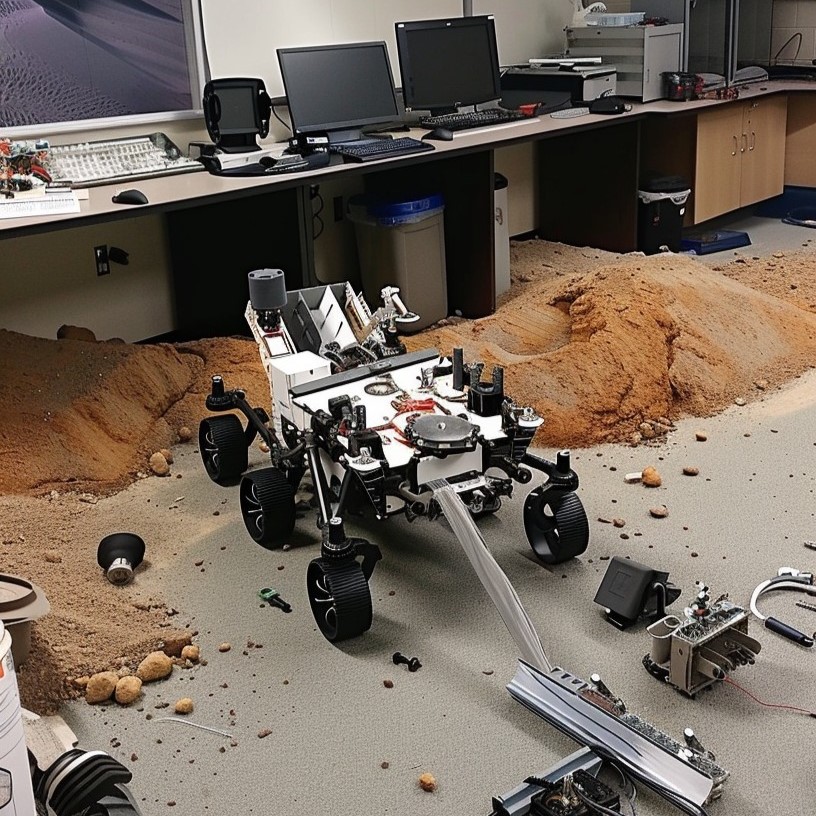
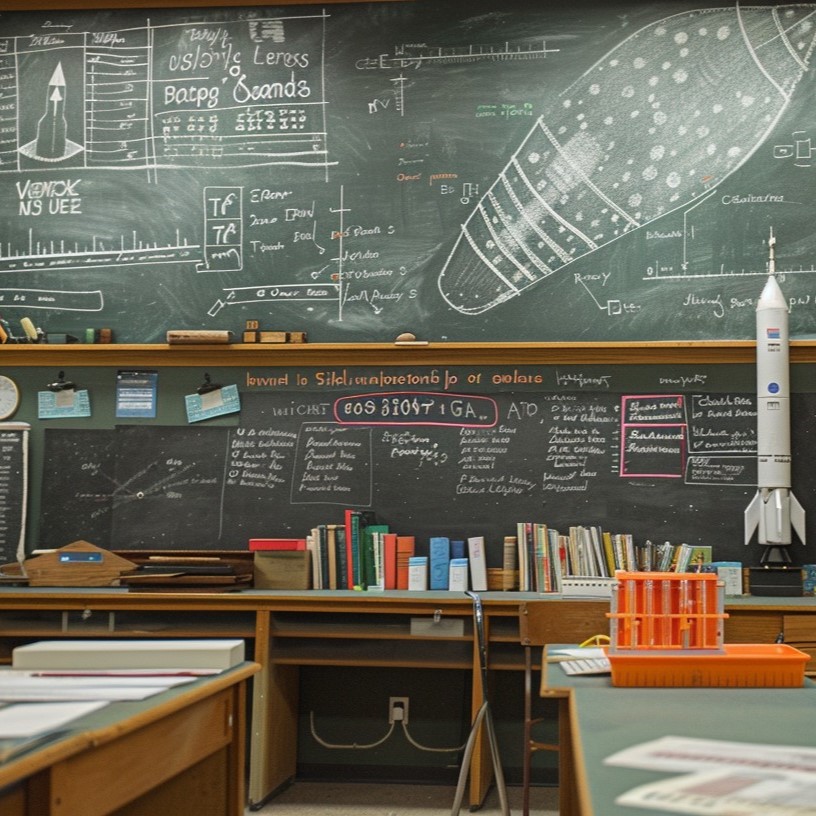
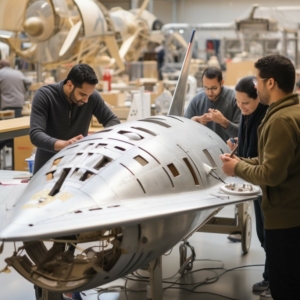
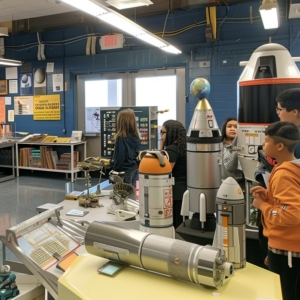
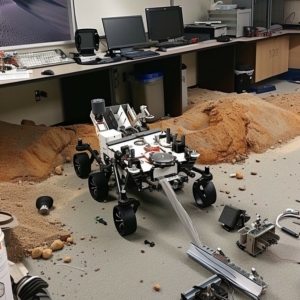
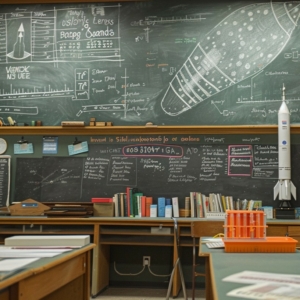

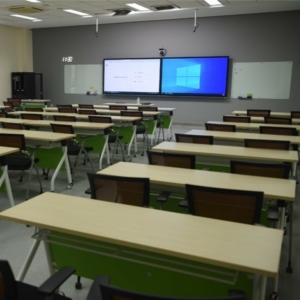
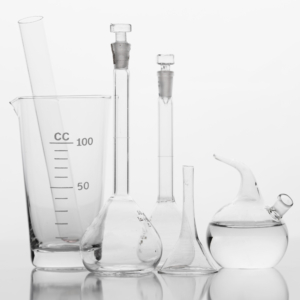


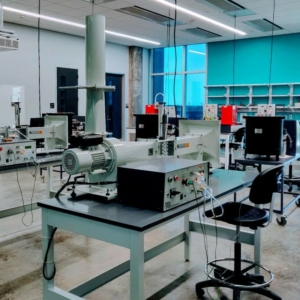

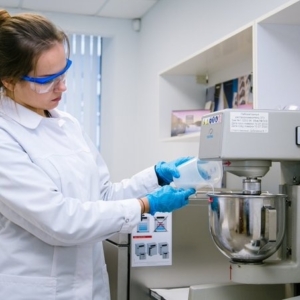

Reviews
There are no reviews yet.